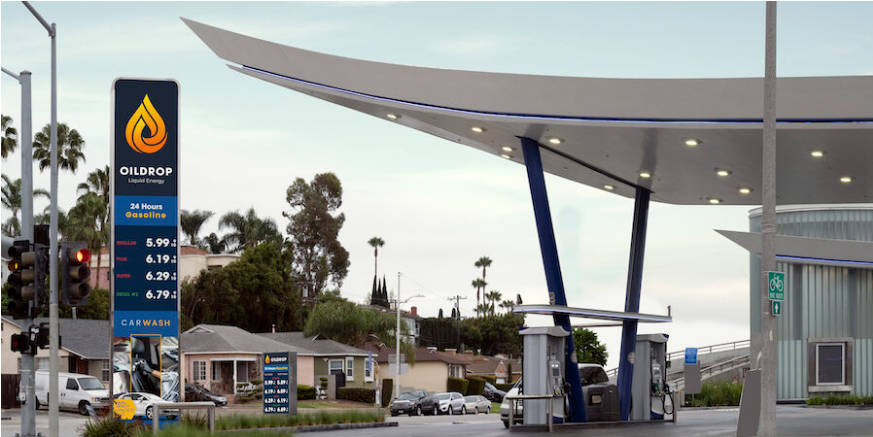领先的便利店正在使用数字解决方案为购物者提供更便捷的履行服务,包括得来速、送货、路边和移动订单取货,从而提高客户满意度和保留率,并扩大购物篮规模。忠诚度计划和应用程序提供高级订购选项、个性化和完全非接触式的客户体验。

这些新服务和技术使便利店顾客能够按照他们想要的方式购物。这是关键,因为服务速度和等待时间仍然是消费者的首要任务。Bluedot 的 2022 年假日购物习惯报告发现,十分之六的购物者更喜欢自助服务而不是员工协助,这主要是由于速度。这使得自助服务亭(如三星 Windows 一体机信息亭)在便利店和快餐店特别有用,因为它允许客户在自己的时间浏览、选择和购买商品,而无需销售助理。
数字标牌在促进更快的客户体验方面发挥着关键作用,无论是单独悬挂还是集成到自助服务终端中。例如,在加油站的加油站和帐篷中,户外直视 LED 屏幕(如三星 XPR 系列)可以欢迎司机进入前院,然后通过充满活力的图像和信息将他们引导到车内或得来速。以下是数字标牌增强客户旅程的其他方式。
使用数字标牌引导客户旅程
说到得来速服务,速度是游戏的名称。在Bluedot调查的顾客中,85%的人表示,如果得来速线路太长,他们会离开商店。但多长时间才算太长?根据消费者的说法,在得来速的可接受等待时间为 6 分钟或更短。Bluedot还发现,任何更长的时间都可能驱使他们去其他企业,如果快餐店排长队,十分之六的人会考虑在咖啡连锁店购买食物。
Leading convenience stores are using digital solutions to provide shoppers with more convenient fulfillment services, including drive-thru, delivery, curbside and mobile order pickup — increasing customer satisfaction and retention, as well as their basket size. Loyalty programs and apps offer advanced ordering options, personalization and a fully contactless customer experience.
These new services and technologies allow convenience store customers to shop how they want to shop. This is key, since service speed and wait time remain top priorities for consumers. Bluedot’s 2022 Holiday Shopping Habit report found that 6 out of 10 shoppers prefer self-service to staff assistance, largely due to speed. That makes self-service kiosks, such as Samsung Windows All-In-One Kiosk, particularly useful at convenience stores and QSRs by allowing customers to browse, select and purchase items in their own time, with no need for sales assistants.
Digital signage plays a key role in fostering a faster customer experience, whether hanging on their own or integrated into kiosks. At gas station pumps and marquees, for instance, outdoor direct view LED screens, such as Samsung XPR series, can welcome drivers onto the forecourt, and then direct them inside or to the drive-thru with vibrant imagery and messaging. Here are other ways digital signage enhances the customer journey.
Guiding the customer journey with digital signage
When it comes to drive-thru service, speed is the name of the game. Among customers surveyed by Bluedot, 85% said they’ll leave a store if the drive-thru line is too long. But how long is too long? According to consumers, an acceptable wait time at a drive-thru is 6 minutes or less. Anything longer may drive them to other businesses, and 6 in 10 will consider buying food at a coffee chain if fast food drive-thrus have a long line, Bluedot also found.
 0
0